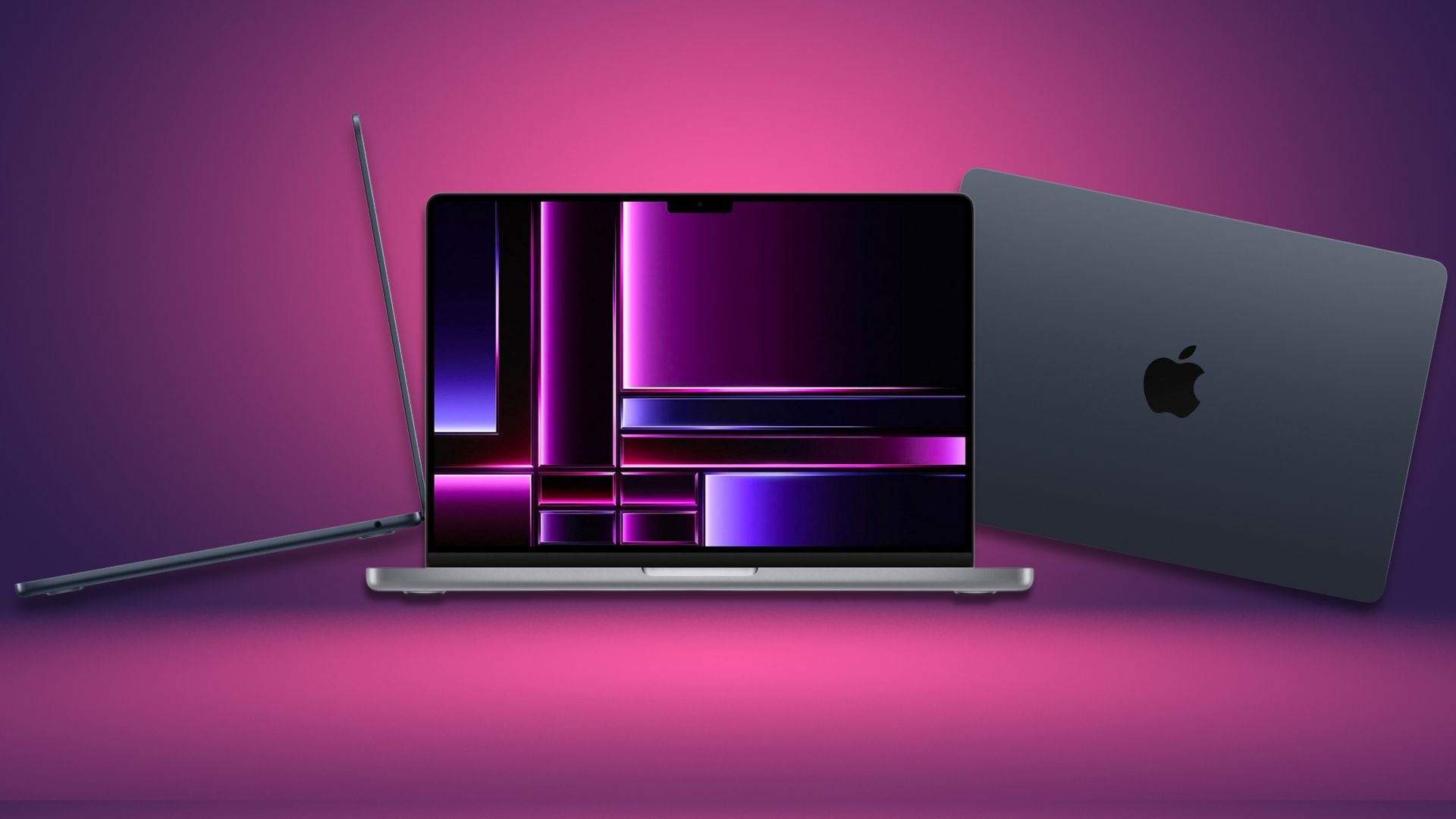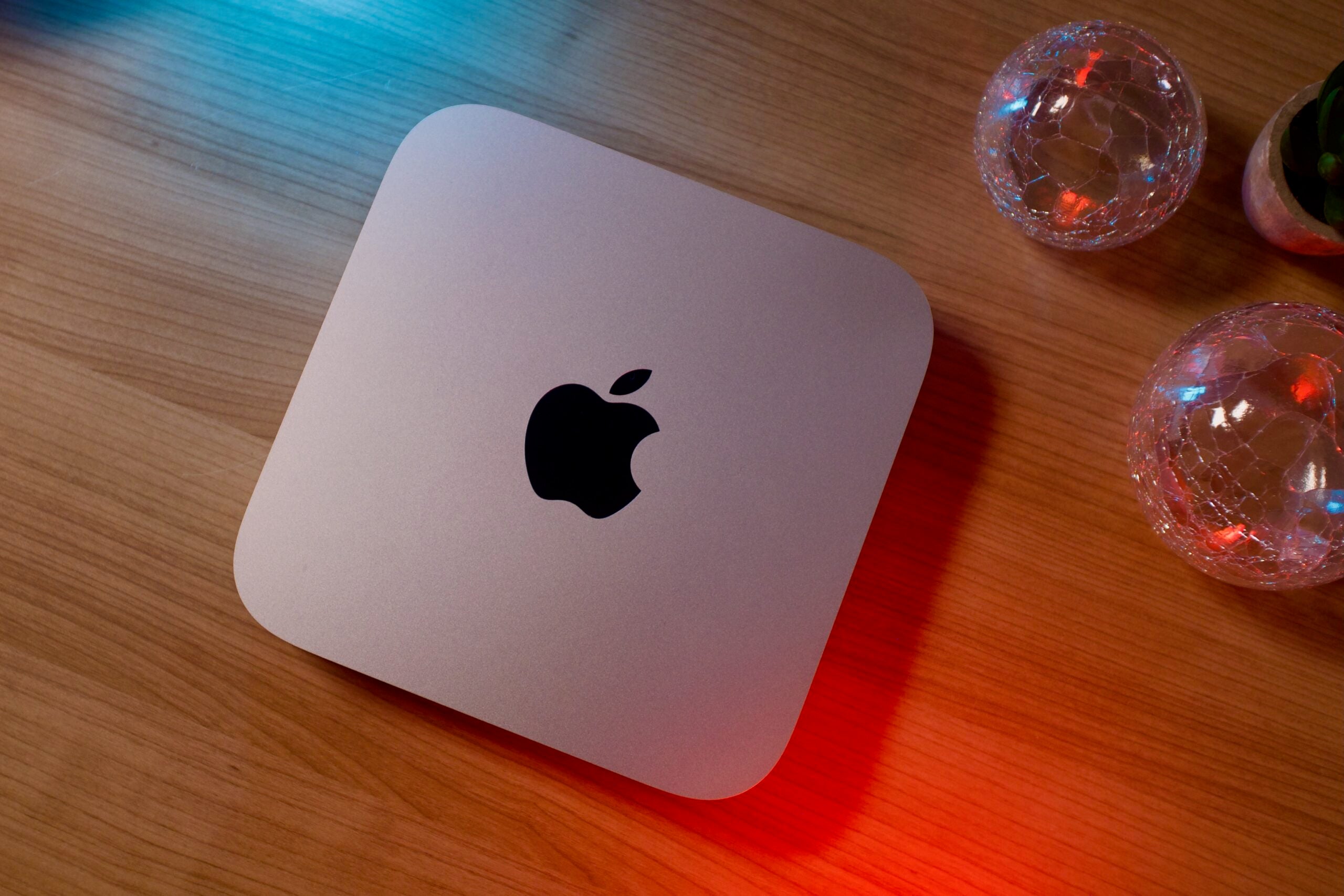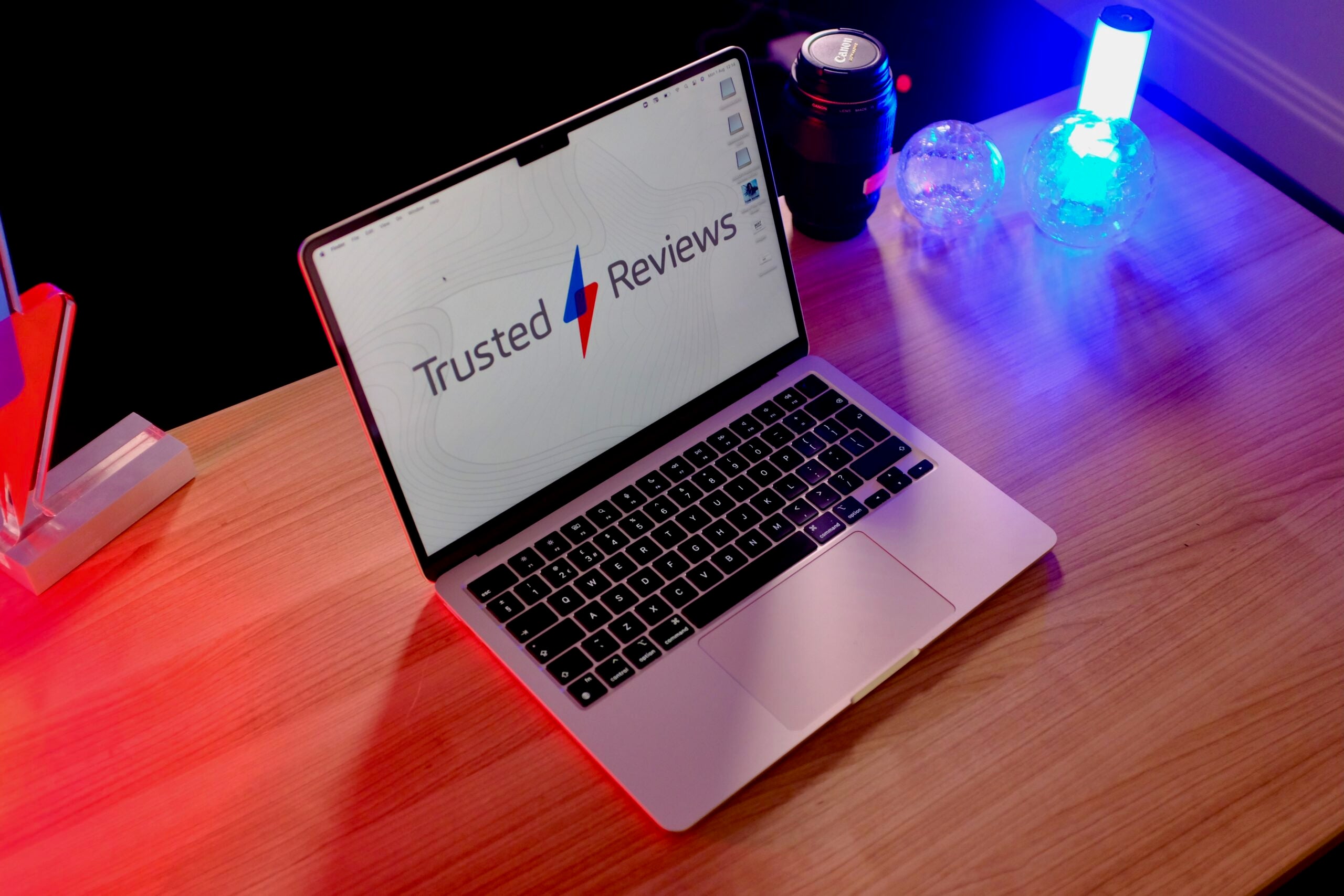Dear Apple, please don’t make the MacBook touchscreen
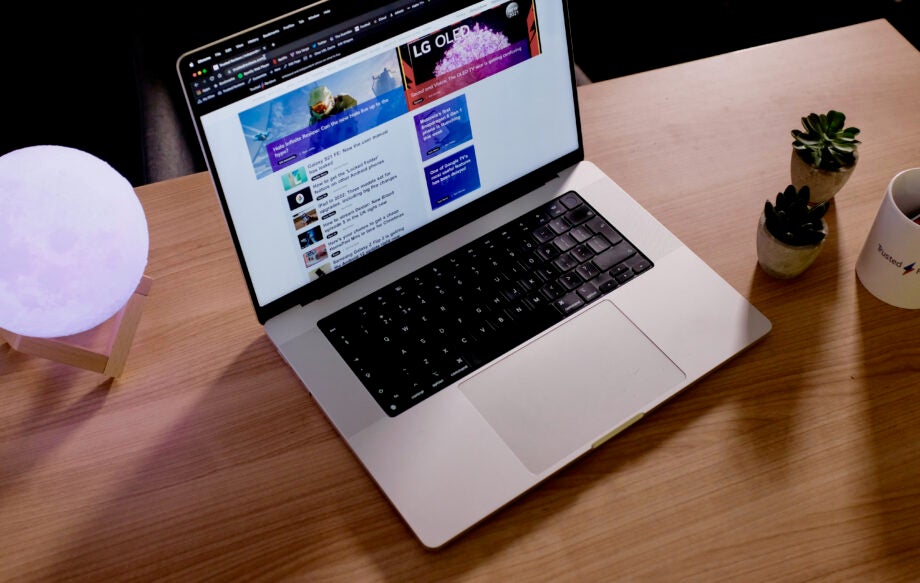
OPINION: The MacBook doesn’t need a touchscreen and there’s still a place for the classic laptop experience.
Apple appears to be warming to the idea of MacBook laptops with touchscreens, akin to the Microsoft Surface Pro range, according to multiple reports in the last week or so.
Speculation has existed for the longest time, but Apple has resisted calls for the Mac line to go touch-friendly. Instead it has focused on making the iPad Pro and Magic Keyboard range the de facto option for users seeking that functionality.
As recently as October 2021, John Ternus, Apple’s senior vice president of hardware engineering said: “We make the world’s best touch computer on an iPad. It’s totally optimised for that. And the Mac is totally optimised for indirect input. We haven’t really felt a reason to change that.”

Save big on the MacBook Air M1
Currently, you can grab the stunning laptop for £817.99 – that’s an 18% reduction of the typical £999 price you’ll pay if you went directly to Apple.
- Amazon
- Was £999
- Now £817.99
I’m 100% on board with this longstanding company line. Apple already has an ideal solution available for all use cases and doesn’t need to blur the lines and follow the crowd in adding touch capabilities to the laptop screen.
I’m not saying Apple would make the same mistakes, but we’ve seen far too many instances of this detracting from rather than enhancing the experience because the touchscreen isn’t up to scratch.
For the record, I’m pretty happy not to have fingerprints all over the device I work on every day. Save the option to sign a document every now and again, I don’t need to use an Apple Pencil pencil either. In a pinch, I can use Apple’s Universal Control feature to easily move content between my Mac and iPad, and benefit from touch input anyway.
iPadOS has become decidedly macOS like in recent years. There are desktop versions of apps like Safari for those using keyboards and trackpads, and a long-established and fully-fledged Files system. The new Stage Manager feature has endured some teething problems, but makes it easier to manage different projects, while iPadOS 16 introduced overlapping windows, window resizing, better support for external displays
The iPads now run on the same Apple Silicon chips as MacBooks, rather than the iPhone’s A-Series chips, and some use virtual memory swap for more demanding tasks, meaning they can handle a laptop-like workload. The 12.9-inch iPad Pro option means users don’t have to settle for a smaller display than a MacBook either.
So, when it comes down to it, the iPad and Mac can now be used in very similar ways with one major distinction – whether the user wants a touchscreen. We can leave it at that and everyone’s happy, right?
Well, apparently not. According to the reliable Bloomberg reporter Mark Gurman, Apple is planning a touchscreen MacBook Pro before expanding the prod-able displays to other devices in the range.

The next generation
In his weekly Power On newsletter, Gurman says motivations for this about face are two-fold. Firstly, the company apparently has fears over whether a new generation of computer users, who have been raised on touchscreen-only devices, will find a traditional display unpalatable (we’ve all been around kids who’ve tried to push buttons on the telly, right?). Secondly, the lack of a touchscreen Mac may be undermining the company’s efforts to make software truly interoperable across its platforms, Gurman says.
Right now, developers are able to create one app and publish it to iOS, iPadOS, and macOS with very few adjustments, but the experience isn’t always perfect when those designed-for-touchscreen apps are ported to the Mac platform.
So you can see Apple’s potential rationale: that additional input method could augment the experience rather than detract from it. You could touch when the situation suited and ignore the functionality in more traditional circumstances.
However, as someone who primarily uses a Mac for word processing, browsing the web and moderate photo editing, I’m hoping this doesn’t happen. I love the distinction of having separate devices – an iPad and a Mac – for both use cases.
I have never looked at my humble MacBook (a 2017 Retina job that just keeps on ticking despite that woeful butterfly keyboard) and thought “I wish I could touch the screen.”
For starters, the way the device is balanced, I would knock it over. Likewise, the multi-touch gestures on the trackpad replicate much of the functionality of the touchscreens. I can scroll, zoom in and out, swipe between apps and pages, and so on.
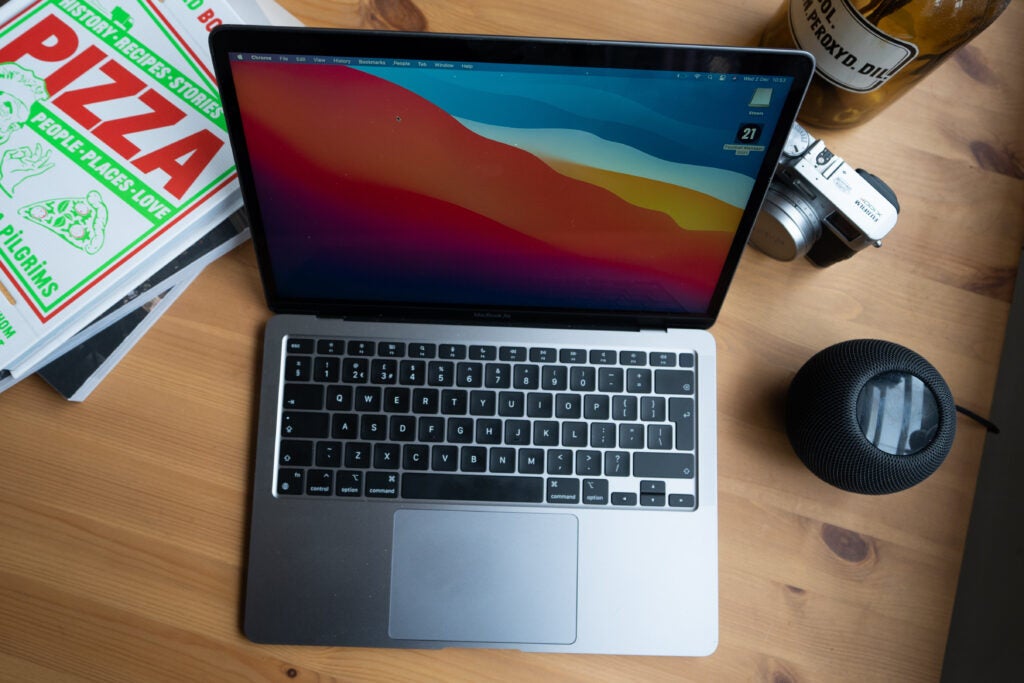
Who cares what Jobs would say?
I’ve seen a lot of reports repeating the years-old refrain that Steve Jobs was adamant adding touchscreens to Macs wasn’t something the company should explore. Apple has continued to assert that it isn’t necessary since his passing. However, Jobs has precisely zero relevance to the debate.
With all due respect, he’s been dead for over a decade now and I wouldn’t expect his preferences to guide Apple’s thoughts on the matter – especially with Jonathan Ive out of the picture too.
I would expect Apple to make informed decisions based on the best interests of its users, what will deliver the best experience, and what will encourage people to buy more Macs.
In my view, if that means touchscreen Macs, I really hope the company continues to offer models where you look but can’t touch.


